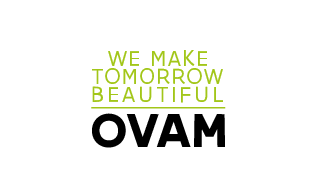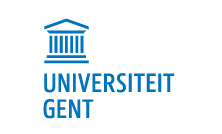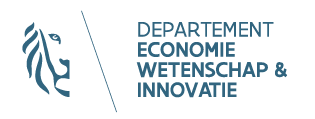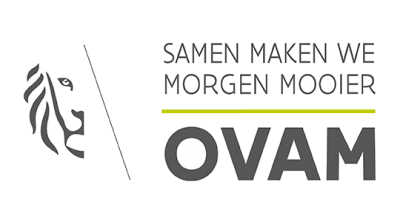Is reusing products a better strategy than recycling materials? It depends!
- Information about the use of material resources along time is essential to assess the closing and slowing down the loops in a circular economy.
- We propose two indicators that measure the use of materials over time.
- The application of those indicators in different case studies shows that reusing products is usually a better strategy than recycling materials; however, this will depend on the material and product application.
Motivation and methodology
Managing resources is critical, especially for non-renewable materials (for example, metals and minerals); we argue that measuring the occupation of materials can assist their management. Such materials can dissipate into the environment due to industrial processes, use, collection, recycling, and so forth. However, the extraction of those materials does not imply they will become exhausted or scarcer. Suppose circular economy strategies can keep materials useful in different product cycles. In that case, materials are not being exhausted, but rather ‘borrowed’ for a specific time. Or put another way, we occupy materials in useful products, and we should avoid their dissipation.
With that in mind, we can measure the in-use occupation as the material’s amount (in kg) and their used time in products (in years) over a time horizon of 25 years. We show this measurement in charts with three occupations phases: supply, in-use, and hibernation. Within the time horizon, the higher the in-use occupation, the better we are using materials.
Results
One of the results is the development of two circularity indicators: the In-use Occupation Ratio (OUR) and Final Retention in Society (FRS). OUR shows the performance of the in-use occupation for a specific material. FRS shows how much material is still available for use after 25 years.
We applied the in-use occupation and indicators in four groups of materials used in laptops (aluminium, iron, plastics, and precious metals), and wood used in flooring and furnishing. The scenarios considered different strategies: incineration (baseline), recycling, and reusing. Results show that reusing is preferable for aluminium, plastics, and precious metals. However, recycling and reusing reach similar in-use occupations for iron and wood; this result reflects the higher efficiency in these materials production versus a smaller lifetime of reused products.
Policy implications
Reusing products is often cited as a preferable strategy than recycling its materials (for example, the waste management hierarchy or the many circular economy’s R-ladders). However, the indicators we developed based on how well materials are used in a circular economy context, do not support the affirmation that reusing products is always preferable than recycling their materials. Preferable circular economy strategies are somewhat dependent on the efficiency of materials production and product lifetime. Hence, using the UOR and FRS indicators could help set up the preferability of circular economy strategies based on the specific use of materials. Moreover, we identified that product lifetime data is scarce. Lifetime data is extensively insufficient for reused products and hibernation (for example, old mobile phones stockpiled in the attic).


.png)






